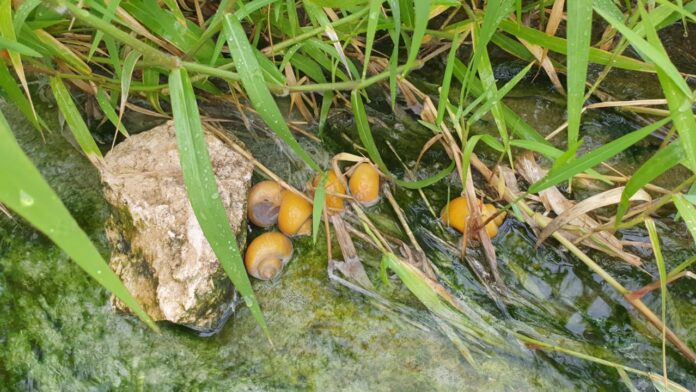The division, established in 1984, has operated without a dedicated facility despite its critical role in protecting the nation’s plant life and ensuring food security.
“Our work is very clear in terms of what our function should be as parties to the International Plant Protection Convention as well as what our legislation says,” explained Dr Janil Gore-Francis, Chief Plant Protection Officer.
“Plant protection is an agency [whose] scope is to protect all plant life in Antigua and Barbuda from the effects of pests. We have obligations regarding trade, food security, and how we impact the environment,” she said.
The division’s responsibilities increased significantly when Antigua and Barbuda became a signatory to the International Plant Protection Convention in 2005. While the legal framework has been modernized – including updating the 1941 Act in 2012 to align with international obligations – the division’s operational capacity has not kept pace with its growing obligations.
A particularly pressing concern is the lack of laboratory facilities. This limitation greatly impacts the division’s ability to conduct thorough pest risk assessments and disease identification, Dr Gore-Francis added.
“There’s a lot of technical activities that should be carried out in a lab, such as pathology and entomology work, and we’re just not able to do that because we do not have the facilities,” Dr Gore-Francis said.
The PPD, with its staffing constraints, is waging an ongoing battle against the Giant African Snail.
“We had a report of major infestation in the Sanderson farming area in December 2023. We had our sole officer collecting buckets of snails on a daily basis with no end in sight. It really makes no sense handling the Giant African Snail that is so prolific and having one person to do the collection,” she said.
A proposal approved by the government in 2008 to construct a plant protection headquarters has yet to materialize. The division’s work is particularly crucial for international trade compliance, as they must make science-based decisions about allowing or restricting plant imports based on pest risk assessments.
“Sometimes we would have to say, based on scientific investigations, that a particular item somebody wants to bring into the country can’t come because the risk posed is too high. That is not something that sits well with some persons because somebody wants to bring something and they want to bring it,” the chief plant protection officer noted.
Despite these challenges, the division is moving forward with modernization efforts. They are preparing to launch a digital import permit system that will streamline operations and improve service delivery. Additionally, a new website is under development to provide stakeholders with easier access to plant protection information, with both initiatives scheduled to launch around International Plant Health Day on May 12.
Dr Gore-Francis stressed that addressing the human resource shortage is paramount.
“The most critical thing is having the personnel to go out and do the relevant surveillance because we need to be able to detect pests as they appear as opposed to after they have established and are causing a major problem,” she said.
